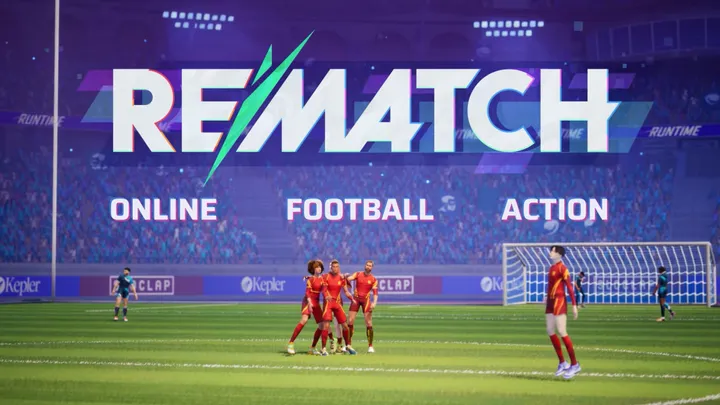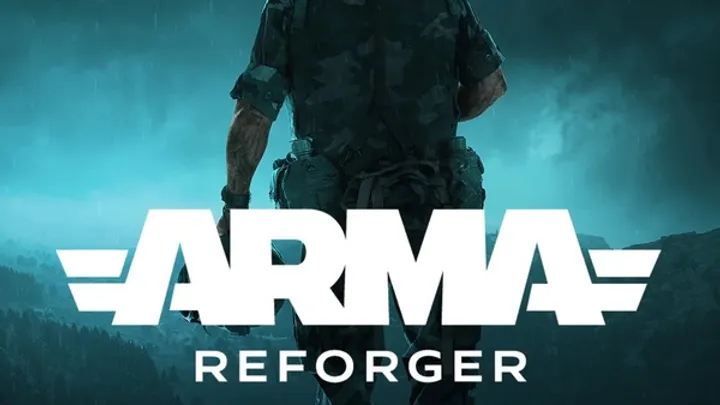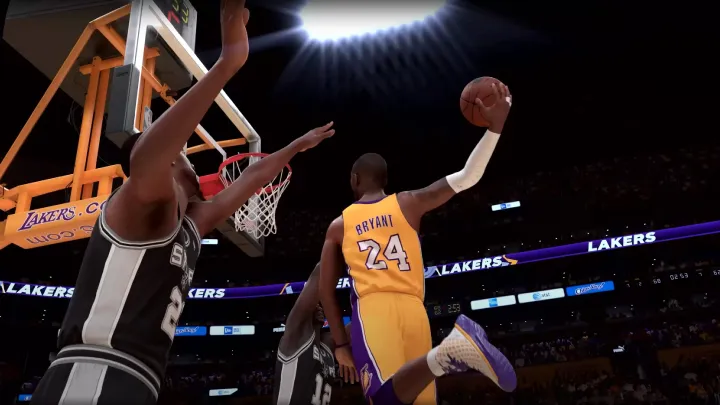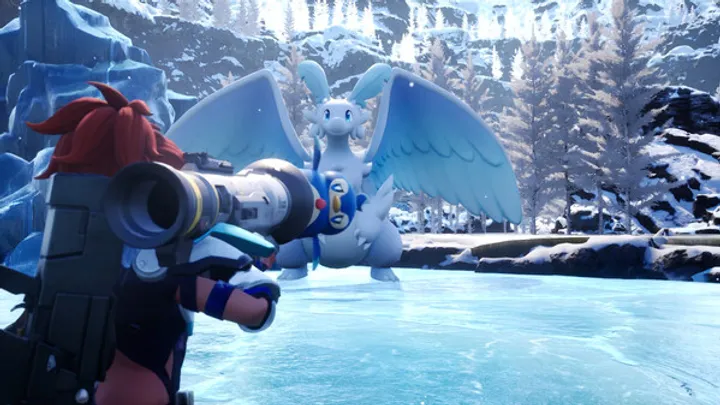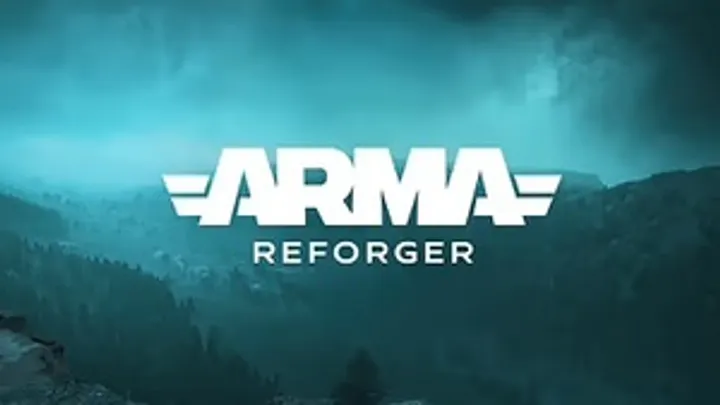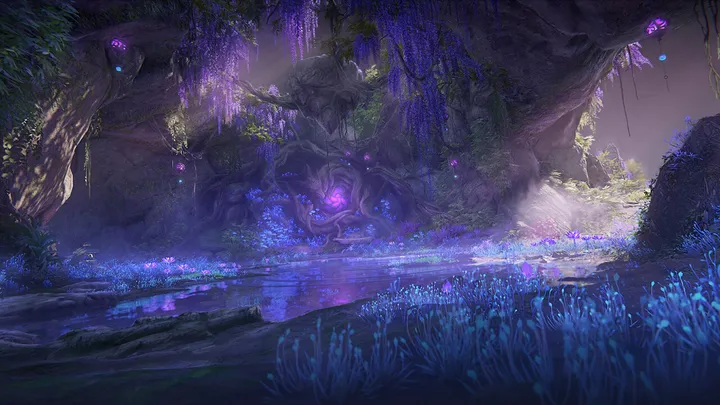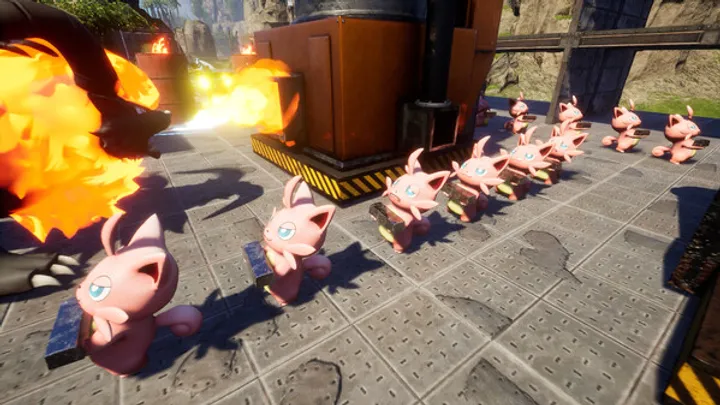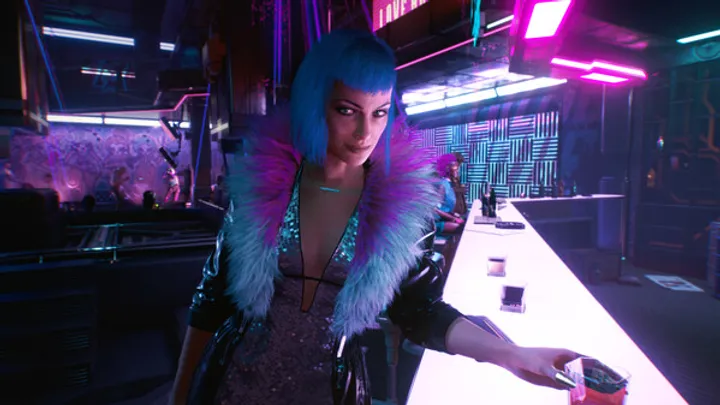Dota 2 is often celebrated as one of the deepest, most competitive games in the world. It has built a reputation for mechanical intensity, strategic depth, and an esports ecosystem that rivals any in the gaming industry. Yet, alongside these strengths lies one of its most enduring controversies: the learning curve.
Unlike other modern multiplayer titles, where onboarding systems and tutorials smooth the player’s entry, Dota 2 remains a brutal trial by fire. Thousands of mechanics, dozens of roles, hundreds of heroes, and endlessly shifting metas converge to overwhelm new and returning players alike. The result is both legendary and infamous — a game revered for its complexity but dreaded for its inaccessibility.
This article will trace the problem of Dota 2’s learning curve across time and meaning, exploring how it manifests in different stages of a player’s journey, how Valve has tried (and often failed) to address it, and what lessons can be drawn from its enduring challenge.
1. The First Hour: A Wall, Not a Door
For many games, the first hour is an invitation. In Dota 2, the first hour is a gauntlet.
A new player launches the game, perhaps enticed by its reputation or the spectacle of The International. What they encounter is a dense user interface, a roster of over 120 heroes, and mechanics that are rarely explained beyond tooltips. The official tutorial is sparse, offering only the most basic lessons: moving, attacking, last-hitting. But the moment a player enters a real match, they are bombarded with questions the tutorial never covered:
- Why am I dying instantly?
- What items should I buy?
- Why does everyone seem angry?
- What is “pulling” or “stacking”?
Instead of a door, Dota presents a wall. It demands persistence before it offers joy.
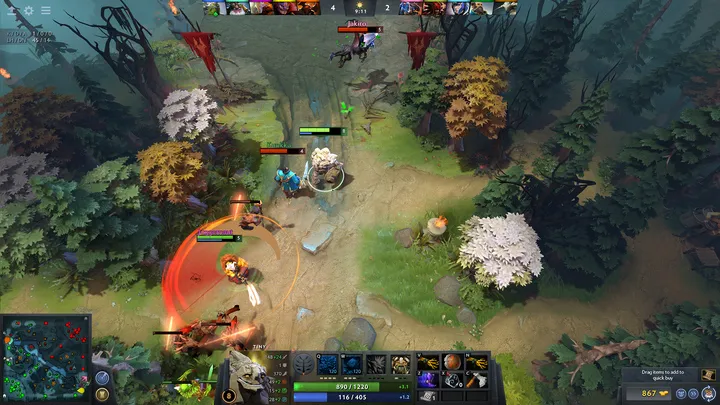
2. The First Ten Games: Baptism by Fire
Surviving the first few matches is rarely about winning — it’s about enduring.
New players quickly realize that Dota is not simply about fighting. It is about gold efficiency, map awareness, and dozens of invisible rules. Creeps must be last-hit for income. Neutral camps can be manipulated for advantage. Positioning is life or death. And yet, none of this is explicitly taught.
The community fills the gap, but often harshly. Many players recall their earliest experiences not with fondness but with frustration: teammates berating them for “feeding,” opponents mocking them for poor builds, and an overwhelming sense of being lost.
The paradox of depth
What makes Dota 2 extraordinary is also what makes it inaccessible. Its depth means mastery takes years, but it also means the first ten games feel like drowning.
3. The First Hundred Games: Patterns Emerge
By the hundredth game, most persistent players begin to see patterns. They learn that supports buy wards, that carries farm, and that towers should not be ignored. They recognize the rhythm of laning, the importance of Roshan, and the need to adapt item builds.
But with this recognition comes another challenge: information overload. Every match introduces a new interaction, a new counter, a new way to fail. For example:
- Why did Black King Bar not save me?
- How did the enemy Earthshaker stun my whole team from fog?
- Why did my illusion-based hero lose to a Radiance build?
The steepening curve
The more a player learns, the more they realize they don’t know. The curve steepens rather than flattens. Unlike other games, where knowledge consolidates over time, Dota constantly expands the scope of mastery required.
4. The First Year: Understanding Roles
After a year of play, players usually settle into roles — carry, support, offlane, mid. This division helps structure the game but also reveals another layer of complexity: role responsibility.
A support who forgets to place wards can doom a team. A carry who farms inefficiently may waste their team’s time. A mid who loses their lane can create an insurmountable deficit. Responsibility in Dota is heavy, and failure is public.
H3: The burden of responsibility
Dota’s design ensures that individual mistakes can have cascading consequences. This makes the game exhilarating for veterans but punishing for learners.
5. The 1,000-Hour Mark: Competence and Burnout
Reaching 1,000 hours in Dota 2 is no small feat, and many players report that only at this stage do they feel “competent.” They understand most heroes, recognize most item builds, and can anticipate common strategies.
Yet burnout often arrives hand-in-hand with competence. For some, the realization that it took 1,000 hours to feel comfortable is discouraging. For others, the relentless need to “stay updated” with patches and hero changes makes the game feel like a second job.
H4: The moving target problem
Because Valve updates Dota frequently, mastery is never permanent. A patch can erase months of practice, forcing players back into a state of uncertainty.
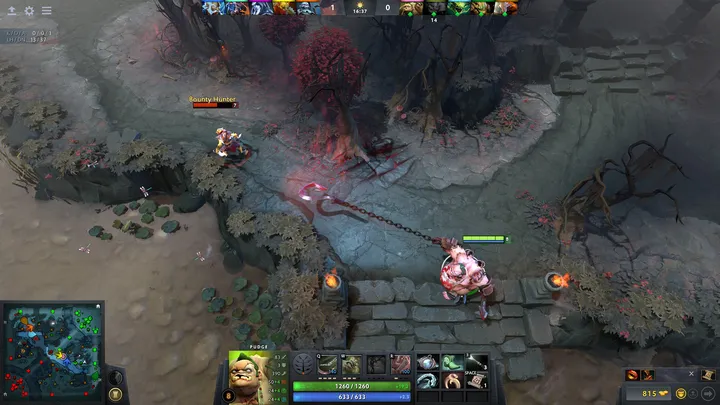
6. Esports as Teacher and Barrier
One of the great paradoxes of Dota 2 is its relationship with esports. The International, with its multimillion-dollar prize pools, serves as a spectacle that attracts new players. But watching professionals can also alienate casual players.
Professional matches showcase strategies so advanced and coordinated that they are nearly impossible to replicate in public games. Instead of inspiration, some viewers feel discouraged. They see a gulf between their chaotic pubs and the pristine synergy of esports teams.
The esports paradox
Esports both grows the game and highlights the inaccessibility of its mechanics. It is a double-edged sword.
7. Valve’s Attempts at Teaching
Valve has tried to address the learning curve — with mixed success.
- A reworked tutorial was added in 2021 after community outcry, but it still covers only basics.
- The New Player Experience (NPE) introduced guided hero selection and beginner matchmaking.
- Community-made guides and overlays have been integrated to suggest item builds.
Despite these efforts, many argue that Dota remains opaque. The systems are so interwoven and situational that no tutorial can fully prepare a player.
H3: Why teaching fails
Teaching Dota is like teaching chess with 1,000 extra pieces. The sheer number of possible interactions makes simplification almost impossible.
8. The Community Problem
If the mechanics don’t break new players, the community sometimes does. Dota has long battled a reputation for toxicity. New players, already overwhelmed, often become targets of blame.
This creates a vicious cycle: experienced players resent “newbies” for ruining matches, while new players quit before they can improve. The game’s steep learning curve amplifies the hostility, as mistakes are inevitable and obvious.
The cycle of attrition
The combination of toxicity and complexity ensures that only the most stubborn survive. Many quit within their first 50 games.
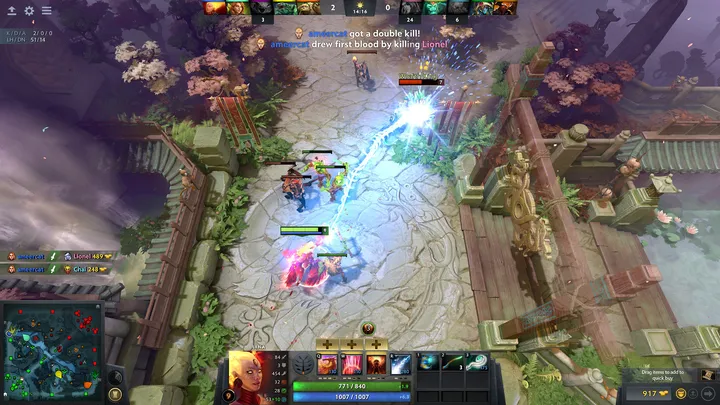
9. Comparing to Other MOBAs
Looking at competitors like League of Legends or Smite highlights how uniquely punishing Dota can be.
- League of Legends simplifies mechanics: fewer items, less punishing death penalties, and clearer tutorials.
- Smite adds accessibility through perspective, making it feel like an action game.
- Dota 2 doubles down on complexity: denying allies, courier management, buybacks, day-night cycles, creep equilibrium.
While this complexity is what makes Dota legendary among veterans, it also explains why its player base struggles to grow at the same rate as its competitors.
10. Reflection: The Eternal Steep Curve
Even after decades, Dota’s learning curve has not softened. Valve has polished visuals, streamlined the client, and added tools, but the heart of the game remains brutally complex.
For veterans, this is a point of pride — the game is uncompromising, a true test of skill and persistence. For newcomers, it remains a barrier, one that many never overcome.
The issue of accessibility is not a bug; it is a feature of Dota’s identity. The question is whether that identity will sustain the game into the future, or whether it will become a relic admired for its depth but abandoned for its hostility to new players.
Conclusion
Dota 2’s learning curve is more than just a difficulty spike; it is the defining challenge of the game. From the first hour to the thousandth, players encounter layer after layer of mechanics, responsibilities, and evolving metas. Valve’s attempts to ease this journey have softened the edges but not the core. The community, esports, and the very design philosophy of Dota reinforce the barrier as much as they celebrate it.
In the end, Dota 2 is both brilliant and brutal. It rewards persistence with unmatched depth but demands a price few are willing to pay. The forest of its mechanics is endless, and only those willing to be lost in it find the joy it hides.








